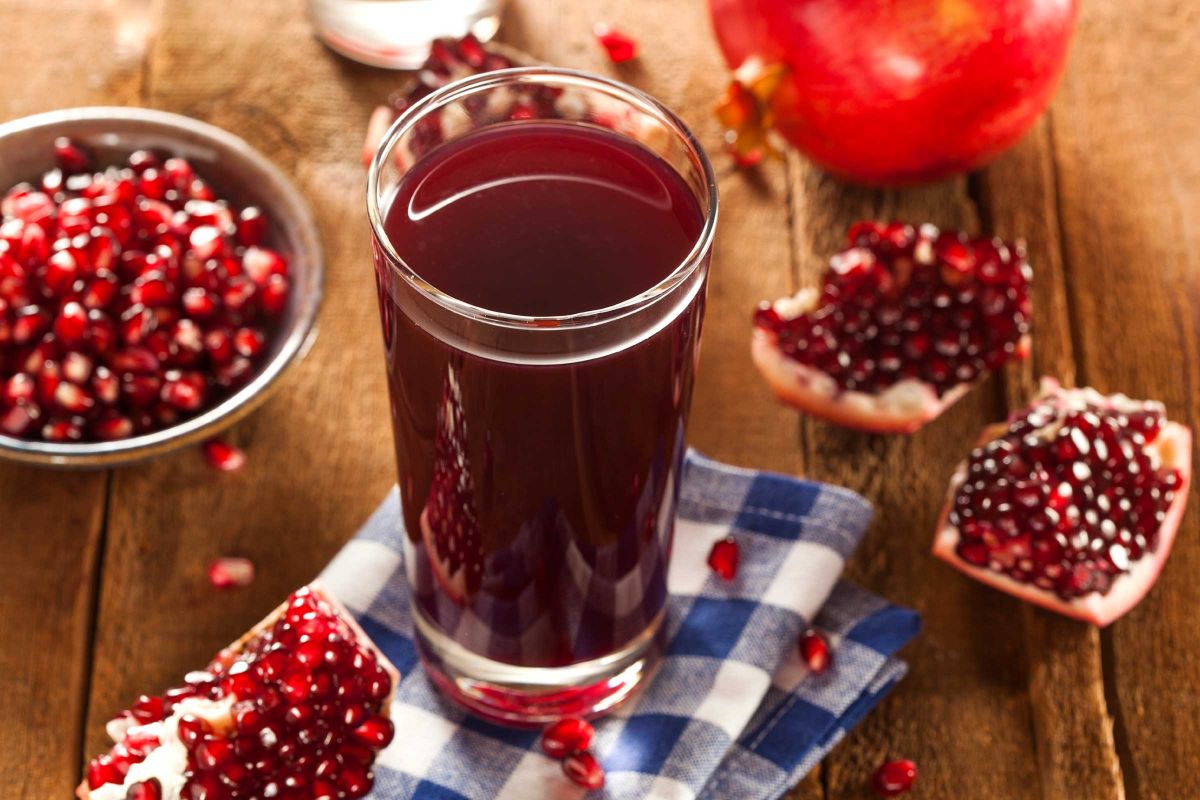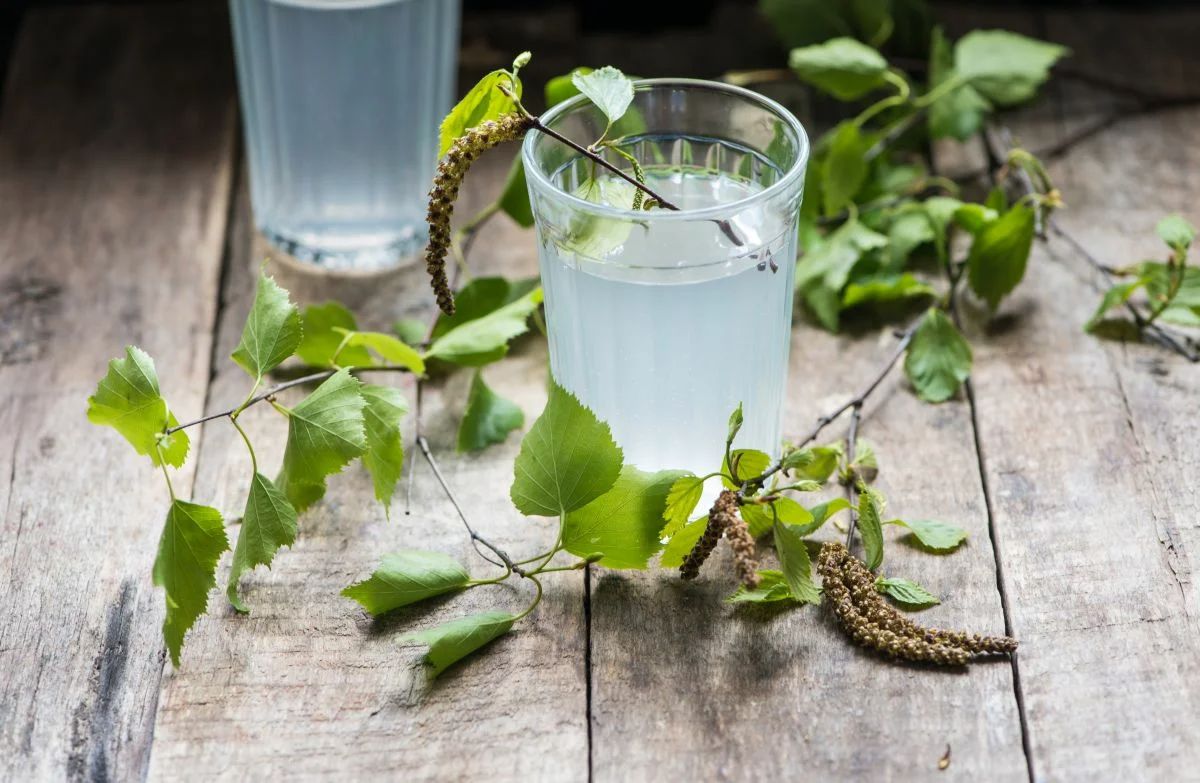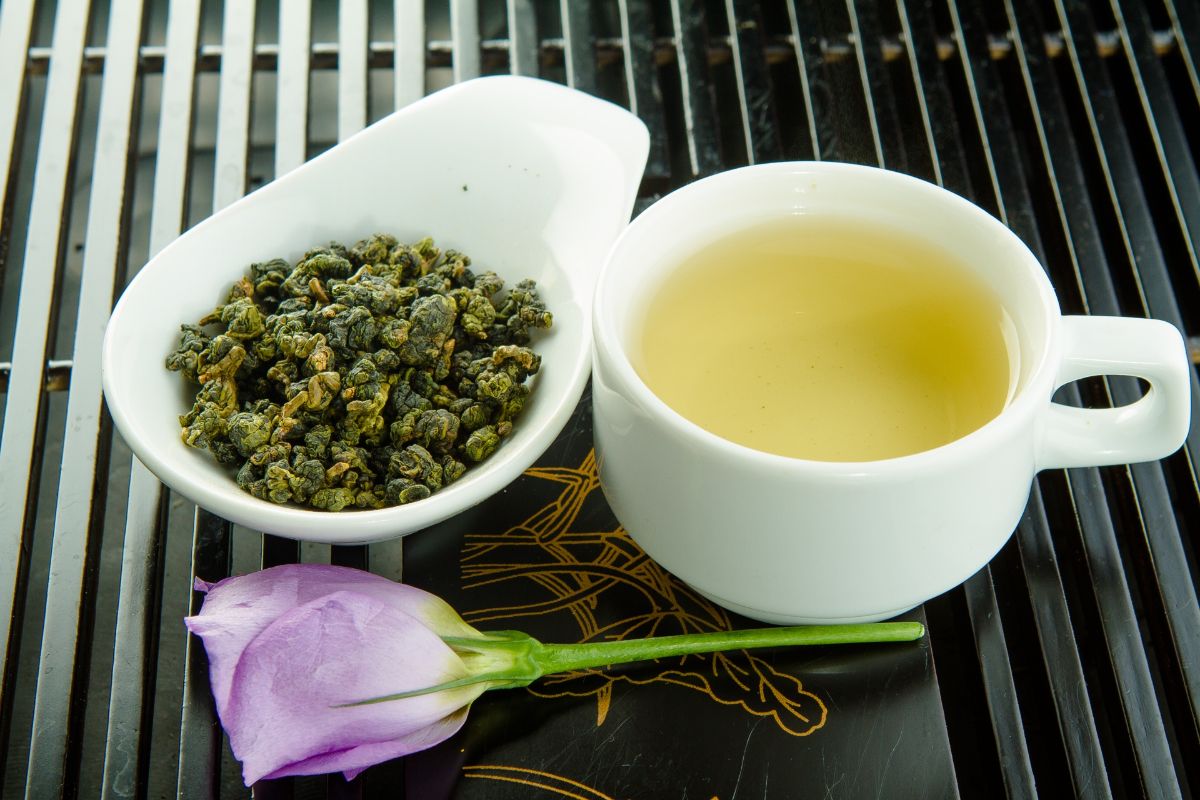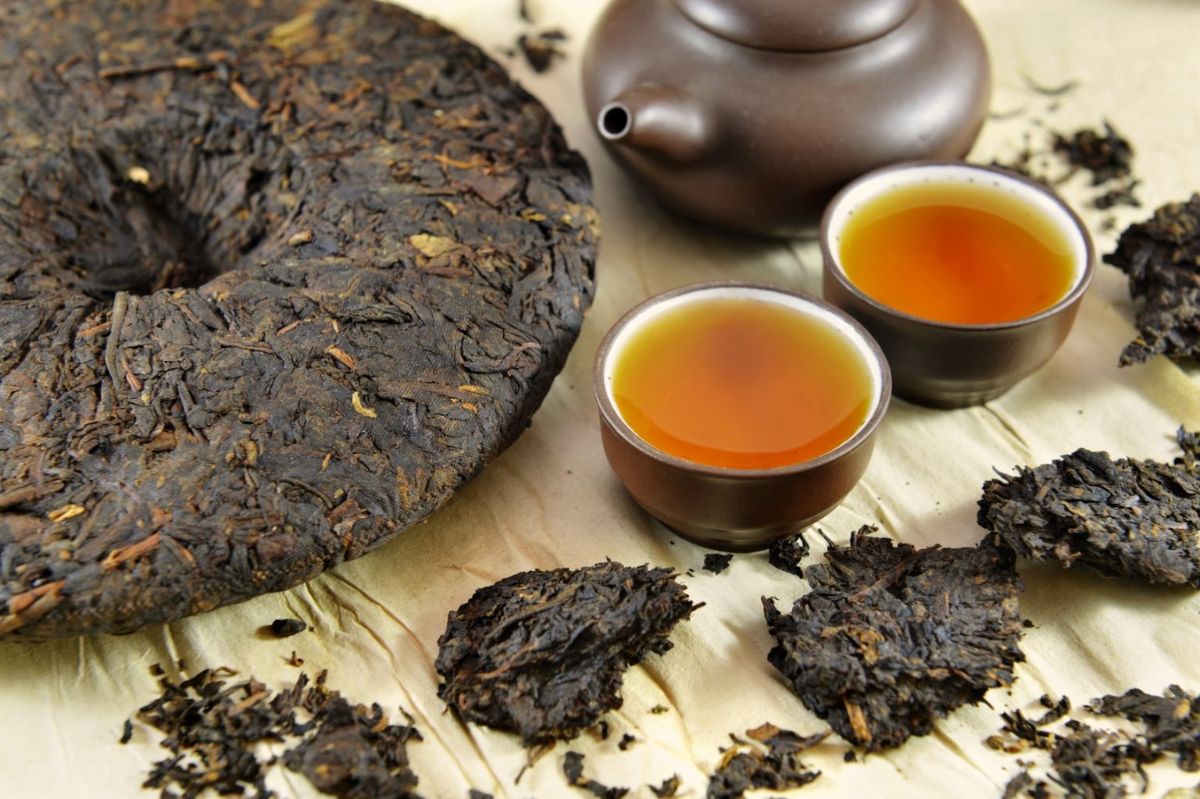What is useful for maple juice — 5 properties and contraindications
Maple juice is biologically equivalent to birch sap . It is rich in vitamins, antioxidants and minerals. It has a pleasant taste and aroma.
Scientists point out the beneficial properties that maple juice has. It is able to protect a person from diabetes mellitus, cardiovascular and oncological diseases, and strengthen bones.
Top 5 Medicinal properties
Let's take a closer look at the main facts about the benefits of maple juice (based on scientific sources of information).
1. Has a rich composition

Maple Juice contains a large amount of vitamins, minerals and antioxidant substances:
- Phosphorus;
- Calcium;
- Potassium;
- Magnesium;
- Iron;
- Zinc;
- Organic and fatty acids;
- Carotenoids.
- Vitamin C;
- Vitamin PP.
These substances have a multifaceted effect on humans:
- Phosphorus and calcium regulate the mineral balance in the body and maintain the strength of bone tissues.
- Calcium and Magnesium normalize the work of the heart muscle and reduce blood pressure.
- Carotenoids improve eyesight and skin condition.
- Vitamin C Supports immunity and protects the body from the introduction of foreign agents.
Maple juice has a low calorie content – about 15 calories per 100 grams – and can be included in the diet without harm to body weight.
2. Strengthens bones
 1 cup of maple juice provides
up to 1/6 of the body's daily requirement for calcium and phosphorus. These minerals improve metabolic processes and
increase bone mineral strength
.
1 cup of maple juice provides
up to 1/6 of the body's daily requirement for calcium and phosphorus. These minerals improve metabolic processes and
increase bone mineral strength
.
Maple juice is recommended for the elderly, as well as women after menopause. It is in these categories of people that osteoporosis (a decrease in bone strength) is most often found, leading to the development of pathological fractures.
3. It has an antioxidant effect
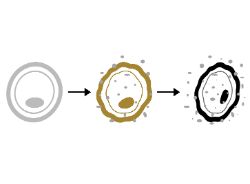 Installed
that maple juice is enriched with phenolic antioxidants. Antioxidant substances neutralize free radicals formed during oxidative stress.
Installed
that maple juice is enriched with phenolic antioxidants. Antioxidant substances neutralize free radicals formed during oxidative stress.
Free radicals can cause damage to any cells of the body and contribute to the appearance of proliferative processes.
There was also an increase in the incidence of autoimmune and various chronic diseases with low levels of antioxidants in the diet.
Maple tree juice is recommended for people with a history of tumors or a complicated heredity.
4. Reduces blood sugar levels
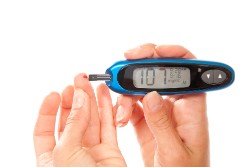 How claim
experts from the Harvard School of Public Health, the abundance of carbohydrates in the diet (mainly simple ones) significantly increases the risk of developing type II diabetes mellitus.
How claim
experts from the Harvard School of Public Health, the abundance of carbohydrates in the diet (mainly simple ones) significantly increases the risk of developing type II diabetes mellitus.
Women are more susceptible to the development of this disease than men (taking into account behavioral and psychological factors).
Maple Juice slows down absorption of carbohydrates absorbed from food in the intestine. As a result, sudden spikes in blood glucose levels are prevented, which can lead to an imbalance in carbohydrate metabolism.
Juice also increases the sensitivity of peripheral receptors to insulin, which leads to effective and rapid utilization of glucose from the blood. The product affects the key pathogenetic factor in the formation of type II diabetes mellitus – insulin resistance.
The drink is acceptable to use for the prevention and even therapy (together with medications) of type II diabetes mellitus.
5. Supports the functioning of the heart and blood vessels
 Large amounts of potassium in the composition of the drink are insignificant reduce
blood pressure level.
Large amounts of potassium in the composition of the drink are insignificant reduce
blood pressure level.
Such a treated property allows the product to be used in order to prevent the early development of hypertension and prevent hypertensive crises (sudden pressure surges).
Magnesium improves the flow of energy and metabolic processes in the myocardium, allowing the heart to contract smoothly, reduces the risk of arrhythmias.
The antioxidant components of the juice indirectly affect cholesterol metabolism, protecting the walls of arterial vessels from the deposition of cholesterol crystals and the formation of atherosclerotic plaques.
Probable harm
 Maple juice has contraindications and can cause harm to health.
Maple juice has contraindications and can cause harm to health.
Common side effects are:
- Poisoning. Maple is able to accumulate toxic substances from the soil and the surrounding air (mainly heavy metals and pesticides). To collect juice, it is necessary to choose places that are remote from large farms, highways and enterprises.
- Allergic reactions. In relation to the drink, cross-cases of allergy have been described (with sensitization to pollen from other trees). They occur in different ways (dermatitis or anaphylactic shock).
Maple juice can be given to pregnant women (up to 200-300 ml per day), as well as to children from the age of 3 (up to 50 ml per day).
Tips for use
The following are simple recommendations to make the use of the product really useful:
- Which juice to drink? It is better to extract the juice yourself. Industrial tag store juice cannot be natural, since preservatives destroy most of the vitamins and antioxidant substances.
- How much to drink? The daily norm for an adult is up to 500 ml per day, for pregnant women – no more than 300 ml.
- When to collect? Maple juice is harvested in spring at the end of March (about 2-3 weeks before the beginning of maple flowering). A suitable tree, as a rule, already has swollen buds, but there should be no flowers.
- How to mine? The first step is to carefully drill a hole (1 cm) in the trunk at a distance of 30-40 cm from the ground. A tube is inserted into the hole, through which the juice will flow. In warm and sunny weather, the juice flows faster, in cloudy and cold weather – slower. The hole must be closed with a wood plug or a garden jar, otherwise the tree may suffer.
- How to determine the quality of the juice? Dark, timely collected juice always has a delicious and pleasant aroma.
- How to store? After harvesting, the juice can be stored in a heat-treated sealed glass container for up to 7 days. The optimal temperature for preserving all healing properties is 3-5 ° C.
Conclusion
- Maple juice is a natural natural drink that is good for your health.
- It strengthens bone tissues, protects against cancer, as well as from chronic pathologies of the endocrine and cardiovascular systems.
- Juice can cause side effects, which requires a careful approach to inclusion in the diet.
- It is important to collect the juice correctly. It is better to drill a hole at the end of March, choose warm and sunny weather, and at the end of the procedure, seal the hole with a cork or garden pitch.
